When you think of action films, the image of a rugged hero with a gun might come to mind. But what if that hero also had a PhD? This unique collection of action films showcases scientists who aren't just stuck in labs; they're out there saving the world, one experiment at a time. These films offer a thrilling blend of intellectual prowess and high-octane action, proving that brains can be just as powerful as brawn. Whether you're a fan of science, action, or both, this list will give you a fresh perspective on what it means to be a hero in the modern age.

The Andromeda Strain (1971)
Description: Scientists race against time to stop a deadly extraterrestrial microorganism from wiping out humanity, combining scientific investigation with suspense and action.
Fact: The film was based on Michael Crichton's novel, and its depiction of a high-tech lab was quite advanced for its time.
 Watch Now
Watch Now
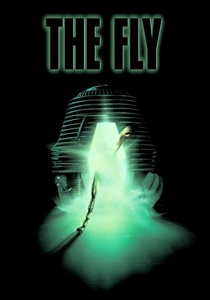
The Fly (1986)
Description: A scientist's teleportation experiment goes horribly wrong, leading to a mix of horror, action, and scientific exploration.
Fact: The film was a remake of the 1958 film of the same name, and its special effects were groundbreaking for the time.
 Watch Now
Watch Now

Jurassic Park (1993)
Description: A group of scientists visit an island where dinosaurs have been recreated through genetic engineering, only to find themselves fighting for survival when the creatures escape.
Fact: The film was groundbreaking for its use of CGI, with many of the dinosaur scenes being created using computer-generated imagery.
 Watch Now
Watch Now
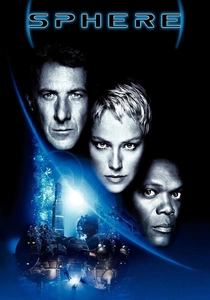
Sphere (1998)
Description: A team of scientists explore a mysterious spacecraft at the bottom of the ocean, encountering a powerful alien artifact that challenges their understanding of reality.
Fact: The film was based on Michael Crichton's novel, and its complex narrative explores themes of psychology and science fiction.
 Watch Now
Watch Now
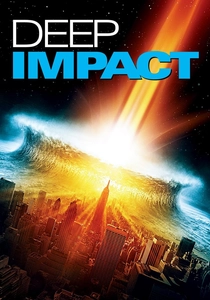
Deep Impact (1998)
Description: A comet is discovered on a collision course with Earth, and a team of scientists and astronauts are sent on a mission to deflect it, showcasing the blend of science and action.
Fact: The film was released in the same year as "Armageddon," leading to comparisons between the two comet/asteroid disaster films.
 Watch Now
Watch Now
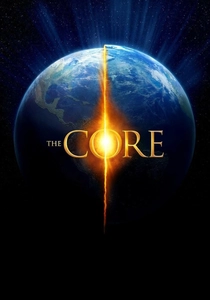
The Core (2003)
Description: In this film, a team of scientists must drill to the Earth's core to restart its rotation, which has stopped, causing catastrophic effects on the surface. It's a perfect blend of scientific theory and action-packed adventure.
Fact: The film was inspired by Jules Verne's "Journey to the Center of the Earth." The concept of the Earth's core stopping is scientifically implausible, but it makes for an exciting plot.
 Watch Now
Watch Now
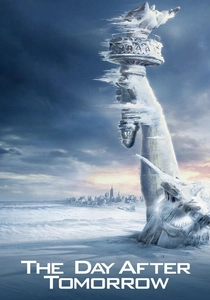
The Day After Tomorrow (2004)
Description: A paleoclimatologist must navigate through a new ice age caused by global warming, showcasing how science can predict and react to natural disasters in an action-packed setting.
Fact: The film was criticized for its scientific inaccuracies but praised for its visual effects, winning an Academy Award for Best Visual Effects.
 Watch Now
Watch Now
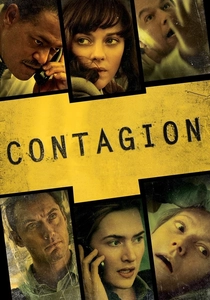
Contagion (2011)
Description: While not a traditional action film, it features scientists in a race against time to stop a global epidemic, with intense scenes of medical and scientific action.
Fact: The film gained renewed interest during the real-world pandemics due to its eerily accurate portrayal of disease spread.
 Watch Now
Watch Now
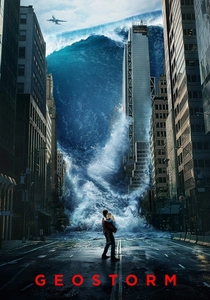
Geostorm (2017)
Description: A scientist must stop a network of satellites from creating natural disasters when they malfunction, showcasing a mix of action, technology, and scientific problem-solving.
Fact: The film was criticized for its plot but praised for its ambitious special effects depicting global weather manipulation.
 Watch Now
Watch Now
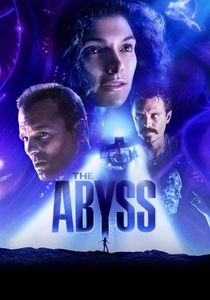
The Abyss (1989)
Description: A team of underwater scientists and engineers must deal with a mysterious alien presence at the bottom of the ocean, combining deep-sea exploration with action.
Fact: The film was shot in a large tank, and many of the underwater scenes were filmed in real water, adding to the authenticity.
 30 Days Free
30 Days Free









